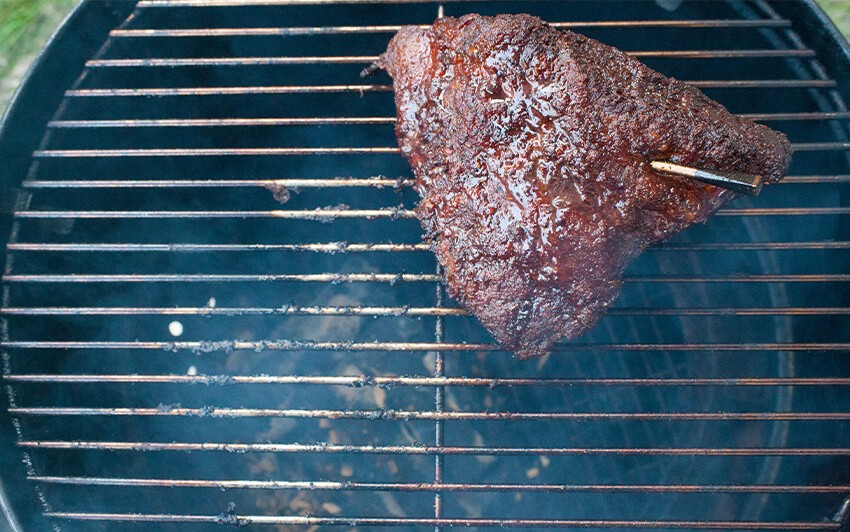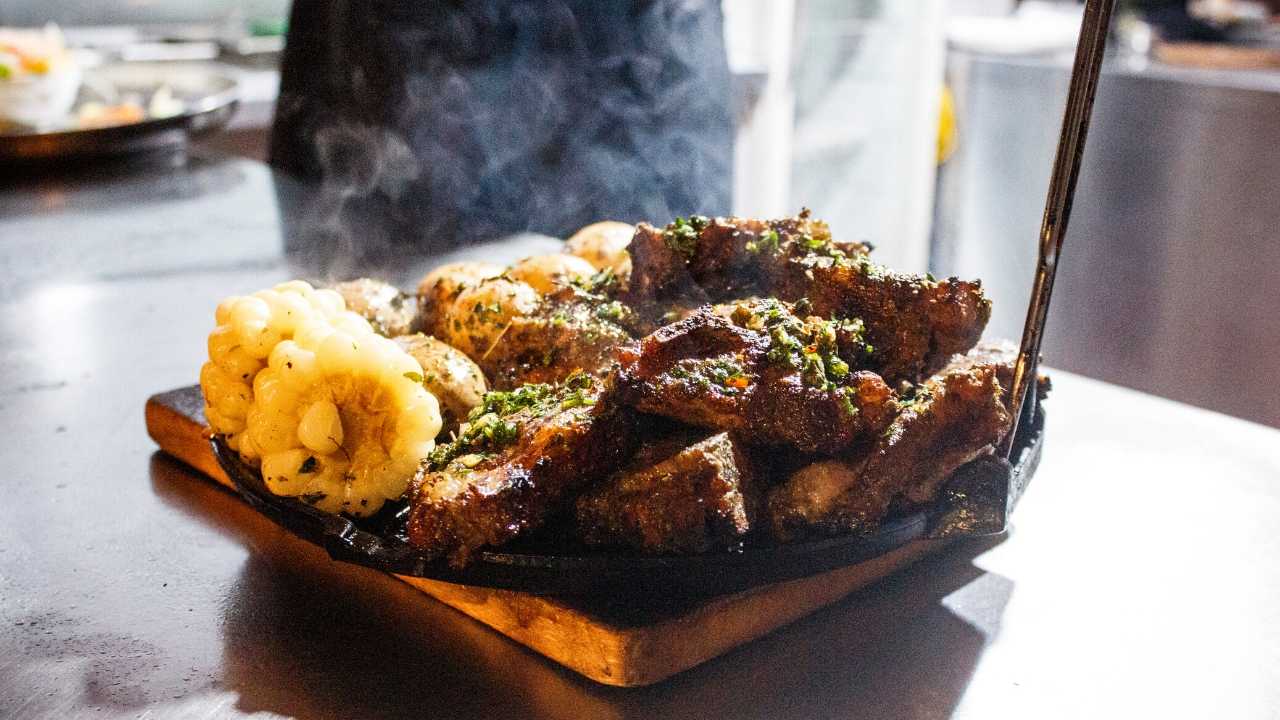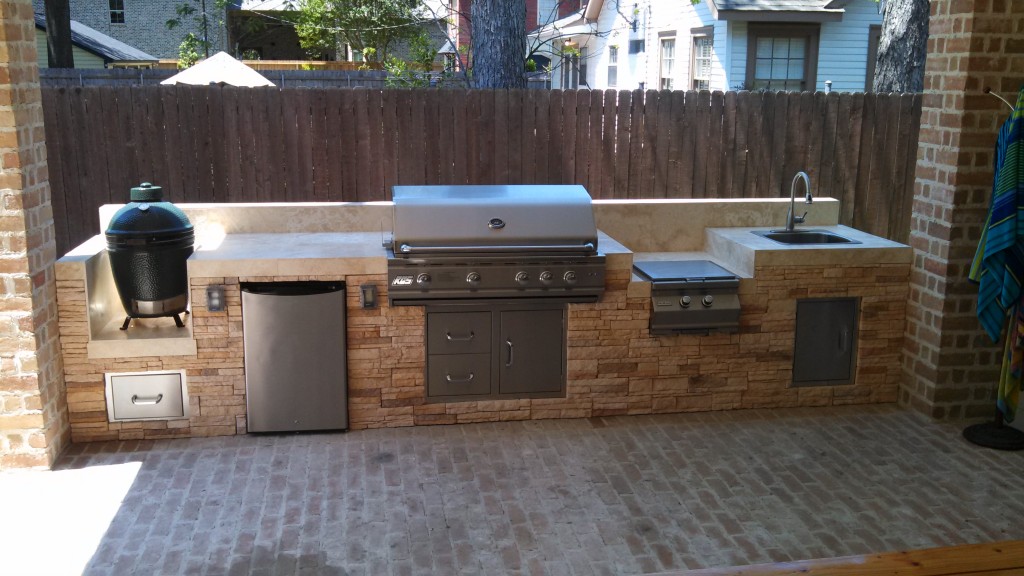
While cooking halibut is easy, you need to be able to verify the internal temperature of your fish before serving. You can cook fish to the proper internal temperature for many reasons. These include moisture content, taste, texture, and even smell. Cooking halibut to the proper temperature will make the fish firm, flaky, and cooked through. You should not overcook this fish. Otherwise, it will become dry. To avoid this, cook it in plenty of butter and oil.
The optimal internal temperature for Halibut is 125 to 135° Fahrenheit. This should be achieved after 10 to 12 minutes cooking. Halibut fillets should register in the 125 to 130 degrees Fahrenheit range. You can pan-fry or oven-roast halibut. Once the fish has reached this temperature it can be pan-fried, baked, and dipped in sauce. Restaurants have stopped using halibut in recent years due to strict regulations. Due to the high cost, there was not enough demand for halibut. As a result, halibut is now cheaper.

To ensure that halibut is cooked at the proper internal temperature, it's essential to prepare it properly. Low temperatures can make halibut's connective tissues uncomfortably hard, so be sure to check the temperature before you cook it. By using a fork, check the halibut's internal temperature before serving. It is important to cook the fish at this temperature in order to get a succulent, tender and flaky piece. This internal temperature will allow the meat to separate easily and flake quickly. The flaking texture becomes a distinct part the fish's texture once cooked. Flaky should be a good option. This is the best temperature for halibut.
Ideally, halibut should take 20 minutes to cook to an internal temperature 145degF. You shouldn't let time dictate how long you cook Halibut. The exact length of cooking depends on the thickness and internal temperature. The time taken to cook the fish should not play a significant role in the final cooking time. It is important that the fish is cooked at the right temperature.
You can pan-fry or fry halibut to make a delicious fish with chips. Deep-frying halibut with beer batter, seasoned flour mix or breadcrumbs is a good option. The crust should be not too thick or too thin. When you are deep-frying halibut, always check its internal temperature using a thermometer. Pan-frying the fish can be done before you cook it. If the halibut is still not cooked, you can bake it.

The brining of halibut can make it more firm. Adding salt to water helps to firm the flesh, and makes it easier to hold together in the pan. The salty brine will also help form pellicules. You should not cook halibut skin as it isn't as soft as you think. This is a great option for a healthy, delicious, high-quality dish.
FAQ
Where can I find high-quality kitchen equipment?
High-quality kitchen equipment can be purchased online. There are many websites where you can shop for all kitchen tools. Before purchasing any kitchen equipment, however, make sure that you read reviews and ratings before buying anything. If you have similar items to purchase, ask your friends and family if they would recommend them.
Which is the best method to store leftovers?
Tupperware containers are a good choice for leftovers. These containers protect food from spoilage and keep it fresh. They also keep foods warm longer. Leftover food can be frozen in freezer bags. You can freeze leftover food by placing it in another freezer bag. This will prevent any air from escaping. Once the food has been frozen, transfer it into an airtight container such as a zip lock bag.
What is the minimum requirement to become a chef?
No. Many chefs started their careers by learning on their own. Some went to culinary school simply to gain experience. However, most chefs prefer to attend culinary school because it gives them more opportunities to learn and grow professionally. Culinary schools offer hands-on training which allows students to improve their skills and knowledge of cooking.
Statistics
- under 10 Kids have been taught that there is special food just for them, and Fiese says that 10 percent of kids will throw a tantrum if they don't get the food they want. (washingtonpost.com)
- According to the BLS, chefs earn $58,740 a year. (learnhowtobecome.org)
- You'll be amazed that over 90% of CIA students receive scholarships and grants to finish their culinary studies. (ischoolconnect.com)
External Links
How To
How to make an omelet that is perfect
Omelets are a favorite breakfast food of mine. But how do they turn out so perfectly? Many different recipes and methods have failed to work for me. I have some tips and tricks to help you make delicious, fluffy omelets every single morning.
It is important to know that eggs can be temperamental when making omelets. They must be fresh, preferably from the organic market, and be kept cold until cooking. If you don't keep them cold enough, the whites won't form properly, and the yolks will break down too much and become runny. This causes your omelets to look oddly colored. If you want to make omelets right away, it's best not to use eggs that are too cold.
Another tip is to separate each egg before adding them to the saucepan. It is important not to allow any white to mix with the yolk as this could lead to the omelet becoming curdled.
You could end up burning the bottom half of the egg if the egg is added directly to the heat source. Instead, heat the egg in a microwave for 10 seconds and then place it in a pan. The microwave heat cooks your egg just right, without it becoming too soft.
Let's now talk about mixing eggs. Mix eggs well together. You can do this by turning the bowl of your mixer upside down. Then shake the bowl vigorously. This way, the air inside the bowl gets whipped around and mixes the egg thoroughly.
The fun part begins - you need to pour the milk into your mixture. First, pour half of the milk into the beaten eggs and then fold the eggs gently into the remaining milk. If you still see streaks of eggs, don't worry. These streaks will disappear once the omelet has been turned over.
After you have done folding the eggs, heat the pan on medium heat. The oil will start to smoke. Once the oil has gotten hot, add 1/4 cup of butter and swirl it around so that the entire pan is coated. Open the lid and sprinkle salt on the pan. A pinch of salt will prevent your omelet from sticking in the pan.
Once the omelet forms, cover the pan again. Let the top side set completely. Flip the omelet upside down or with a spatula. Cook the other side for another minute or two. Serve immediately after removing the omelet from its pan.
This recipe is best made with whole milk. However, it can also be used with skimmed milk.